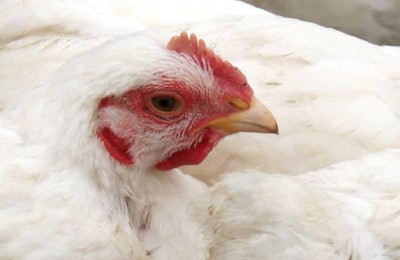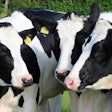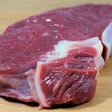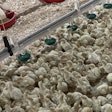
While the period of pandemic lockdown was challenging, poultry farmers in this African state report that business and market conditions are gradually being restored to pre-COVID levels. Government and international initiatives aim at further expansion of the sector.
During the coronavirus (COVID-19) pandemic lockdown, poultry farmers in Rwanda — as in many other countries — faced a number of challenges.
Firstly, sales outlets were greatly restricted, reports New Times. Hospitality was closed, conferences cancelled, and commuting to work was halted. Among these workers, car park outlets selling inexpensive egg dishes and snacks had previously been popular. For some of those without work during this period, food choices were limited to staples without any animal protein. Furthermore, movement restrictions even led to the suspension of exports to neighboring Democratic Republic of Congo.
At the same time, farmers reported that feed supplies became scarce because of feed mill closures and limitations on transport. One egg farmer said that the price of layer feed rose from 365 Rwandan francs (RWF; US$0.37) to RWF410. While the feed supply chain has been restored, she reported that feed prices remain high in Rwanda.
For some producers, the only option was to accept an offer of RWF60 per egg from the government. This sum was offered under a scheme to improve child nutrition as well as to prevent farmers’ losses. With the lockdown restrictions currently lifted, so too are egg prices — restored to RWF70-80 each, according to the Rwanda Poultry Industry Association.
Outlook for Rwandan poultry meat and egg producers
Citing data from the Rwanda Agriculture Board, New Times reports that the national chicken flock increased at an average annual rate of 9% from 2010. By 2018, it had reached 7.6 million. Four years ago, the agriculture ministry launched a Livestock Industry Masterplan, which aimed to increase domestic egg production by more than 210% to a value of RWF513 million by 2022.
In November, the same source announced that grants were being offered to the country’s poultry, pig, and feed. Aim of this support — operated under the National Industrial Research and Development Agency, and funded by Belgian development agency, Enabel — was to improve the productivity and competiveness of these sectors.
For the poultry sector, an audit had revealed the potential benefits of specialist hatcheries, climate-controlled housing, and automatic feeding systems. Cold chain, transportation and technology for processing were identified as necessary for the development of the processing sector.
Limited access to high-quality feeds was seen as holding back the future development of the poultry and pig industries. For the feed sector, improved storage, automated production, and lab facilities for ingredient analysis and final product quality control were seen as priorities.
For the national poultry association, increasing storage capacity for feeds and feed ingredients would help to reduce future price fluctuations.
Recent developments in the Rwandan poultry sector
Support for smaller producers was announced in May of 2020 by the Rwanda Agriculture and Animal Resources Development Board. The initiative involved offering selected individuals with poultry housing, equipment, feeds, veterinary medications, and training to start production. Also included were 56,000 birds for nationwide distribution.
Around 12 months ago, the Rwandan government launched a series of initiatives to foster both small and large scale poultry production.
According to the statistics arm of the United Nations’ (UN) Food and Agriculture Organization, FAOstat, egg production in Rwanda reached 7,800 metric tons (mt) in 2019. This was an increase of more than 6% over the previous five years. For the country’s chicken meat output, FAO data put the rate of expansion since 2015 at more than 14%, reaching 6,375mt in 2019.
Based on FAO data, Rwandan imports of poultry products have become negligible.
In 2019, Rwanda’s population was estimated by the UN at 12.6 million.


















